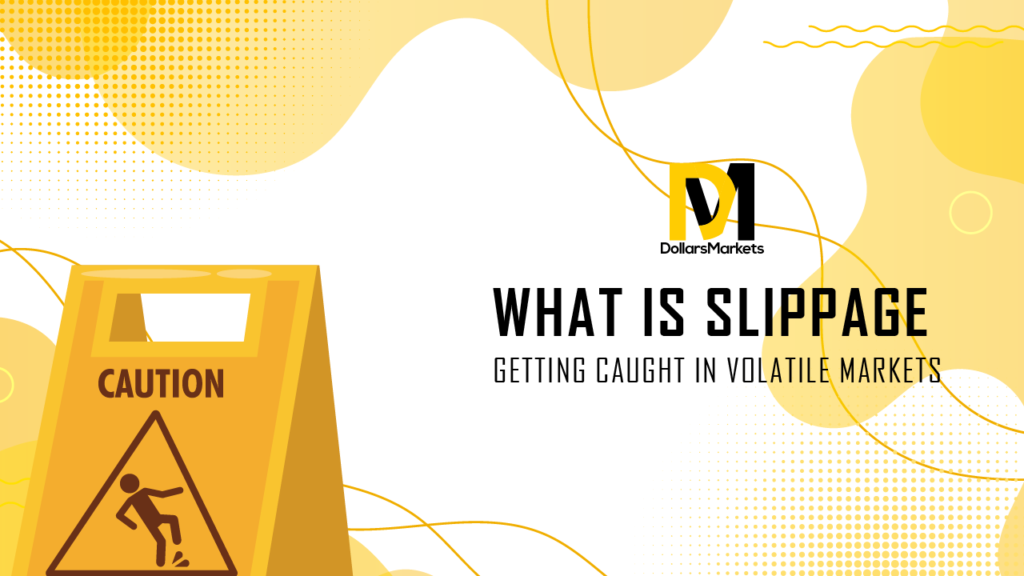The financial markets can be like the wild wild west as seen in movies. Sometimes, market volatility may be low just like the calm and stagnant weather on a desert; while on the other hand, the winds may pick up and with no obstacles around, the winds travel faster and further, just like volatile market prices.
During periods of high volatility, prices can drop by a hundred pips or even a few dollars within minutes or even seconds. Does this mean that there has been a technical error related to your broker? The answer is that prices may drop or rise dramatically as a result of news releases, session changes, and the occasional market gaps.
How is this related to slippage?
First and foremost, slippage occurs when the fill price at execution deviates from the requested price. When this happens, it means that the requested price has been passed; however, the order could not be filled until the next best available price.
While typically seen in a negative light as there is a possibility to lose out on a small margin of profits or have a slightly higher loss than anticipated, slippage may also be positive and as such referred to as “Positive Slippage”.
For instances, say that a trader has requested a a Buy on EURUSD at a price of 1.13500. The order may be filled at a price of 1.13490. In the event of closing the position at a profit, the trader would have gained an extra 1 pip on the position.
In another example, the trader has his/her Buy order on EURUSD filled at the exact price requested of 1.13500. This time however, he/she would like to set a Take Profit (TP) at the price of 1.13550. What happens if there is a market spike to 1.13560 instead?
First of all, the Take Profit will have been triggered at the requested price; however, the actual close will be at the price of 1.13560, meaning that the trader would have made an extra 1 pip on the take profit. The same principle applies as well to Stop Losses.
Is there such a thing as ‘Negative Slippage’?
While there is a potential benefit for slippage, there are also its downsides. As previously mentioned, the market can be volatile and as such the price changes may be just as erratic. This poses the potential risk of additional losses incurred as a result of slippage. This is referred to as “Negative Slippage”.
For example, the trader in the previous examples requests the same Buy price of 1.13500 on EURUSD; but, gets filled at 1.13560. The trader in the event of closing the position in profit will have lost 1 pip or in the event of closing at a loss would have lost an additional 1 pip.


